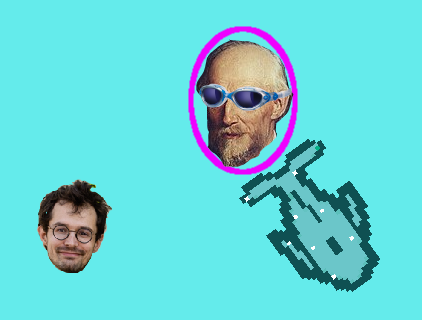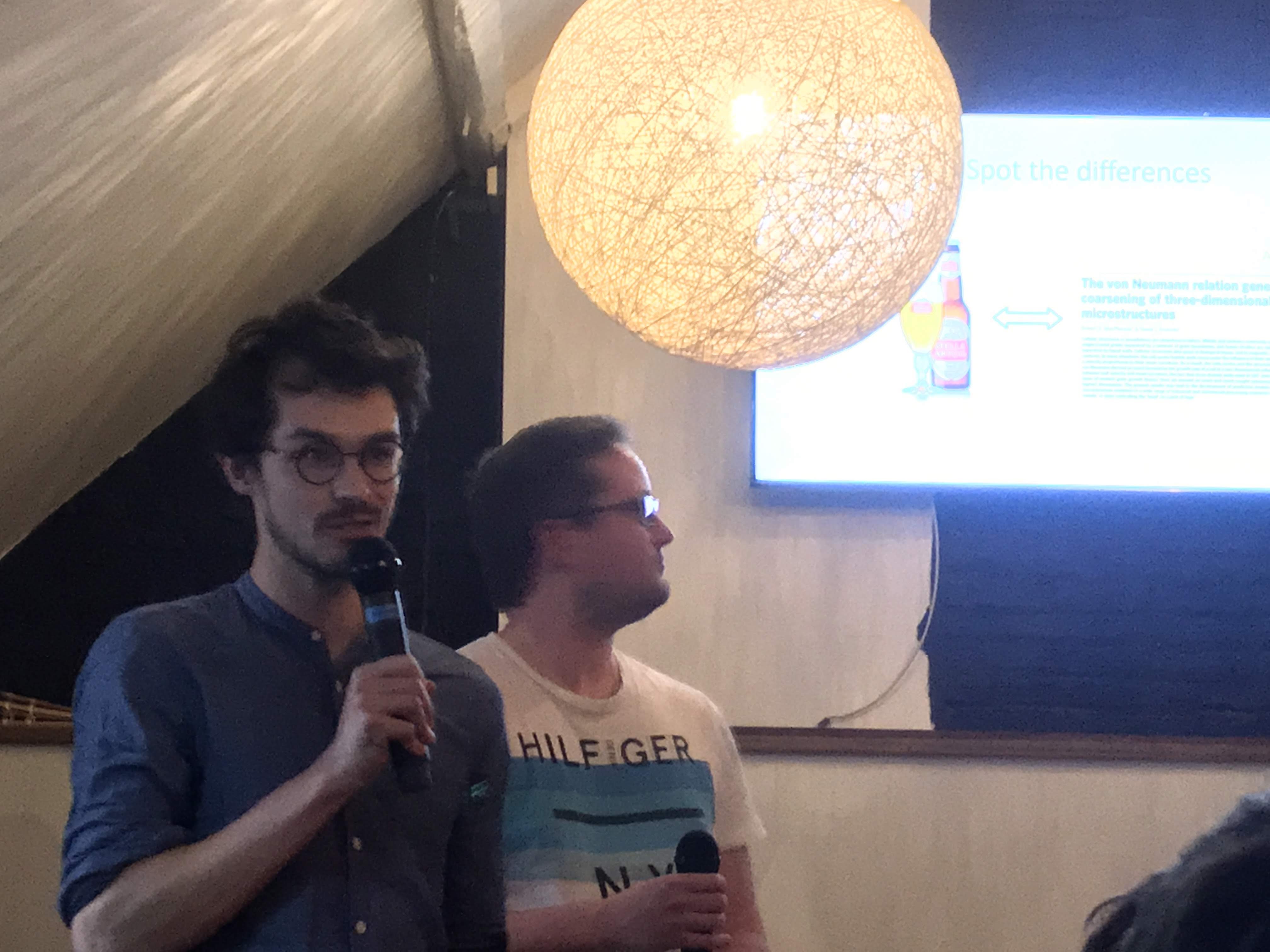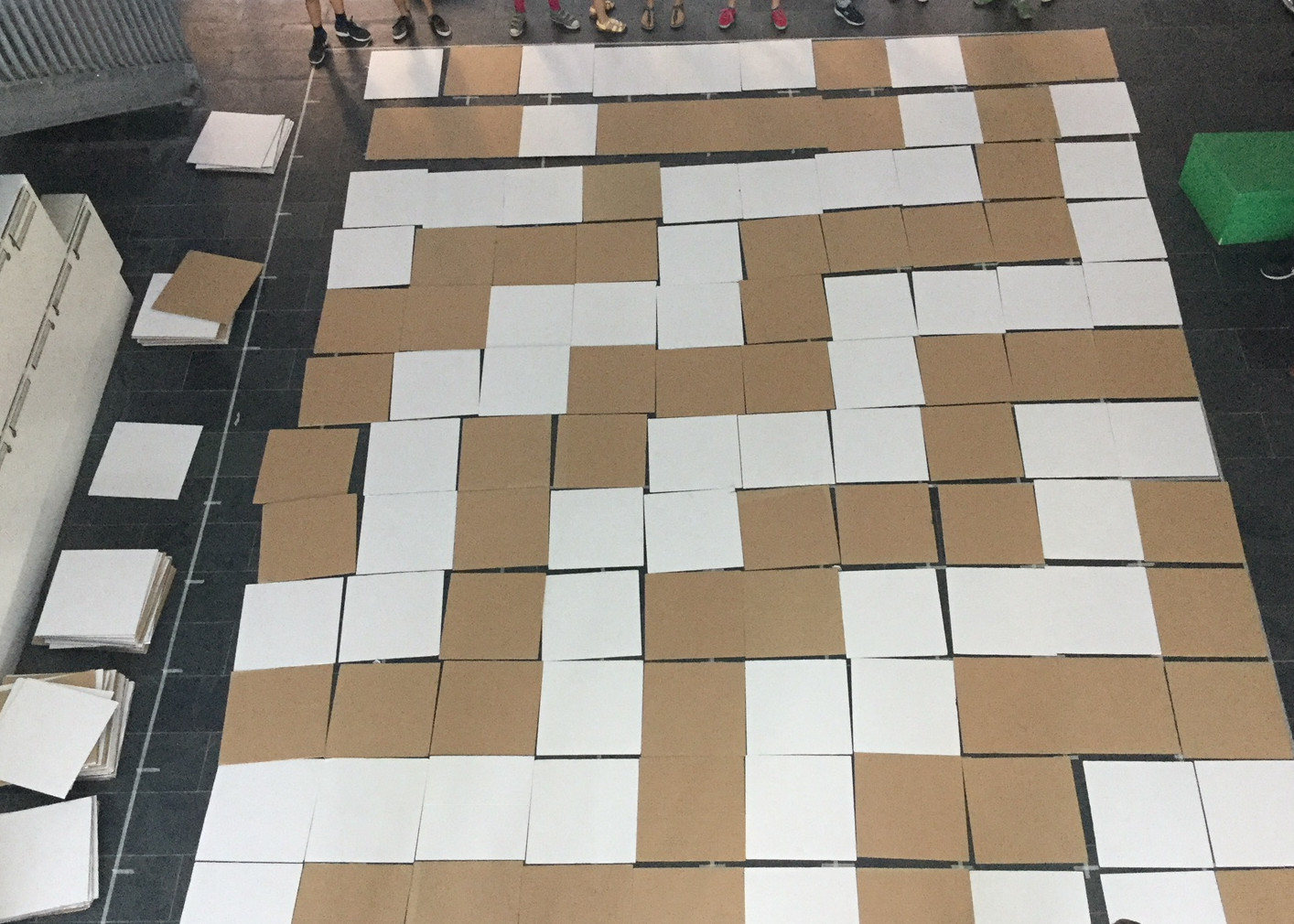Cooperative computer game
For the event we organized as Young Marsilius Fellows (18th of July 2024), I designed and programmed a small computer game. In the game, players have to work together to guide the fellows towards the Marsilius Kolleg, avoiding obstacles along the way. Of course, one of the key elements to success in this game - and any collaborative effort - is effective communication between the two players.
The game was coded in Pygame and ran on a Raspberry Pi 4. For the graphics I used the software Krita and sound editing was done in Audacity.

Computer game illustrating life at different Reynolds numbers
For the lab day at EMBL in 2023, I developed a small computer game to illustrate how motion is different for organisms living at different scales. It is inspired by Purcell's paper Life at low Reynolds number . For a bacterium, friction forces dominate over inertia, whereas for larger organisms such as swimming humans or whales, inertia is dominant. The ratio of inertial over frictional forces is called the Reynolds number. In the game, you control a whale or a bacterium with a controller and try to catch the Erzberger lab members who are trying to swim away from you. You have to avoid being caught be professor Reynolds. The game was coded in the Python library pygame .

Video for Science figured out
In 2019 I participated in the project 'Science figured out', or 'Wetenschap uitgedokterd' in Dutch. After a workshop from the The Floor is Yours , we had the opportunity to record a 3-minute movie about our research. Here is mine. The beautiful decor is a room in the Arenberg castle in Leuven.
Pint of Science
In May 2019, Felix Nolet and myself prepared a presentation for the Pint of Science festival. We explained how mathematics pops up in the real world around us. The presentation was in a pub which made for a very nice atmostphere.

Children's University
Together with my colleagues from the Gelens lab, I organized workshops for children in the framework of KU Leuven's Children's University. The goal of the workshop was to show how complex patterns, such as those we can see as stripes on zebras or spots on leopards, can arise from simple rules. For this, we used Wolfram's elementary cellular automata with large cardboard plates, to emulate a growing pattern.

Short video about the cell cycle oscillator
In December 2020 I made a small video for the Solvay Workshop on Physics of living systems. I explained a central idea of my research in about one minute.
The video is a bit unpolished but I did have fun making it. For the interested: the animations of the dividing egg and pendulum were done in Python. For the writing on the blackboard I used a Wacom drawing tablet and the drawing software Krita. The ethereal synth music was recorded with my old electronic keyboard.